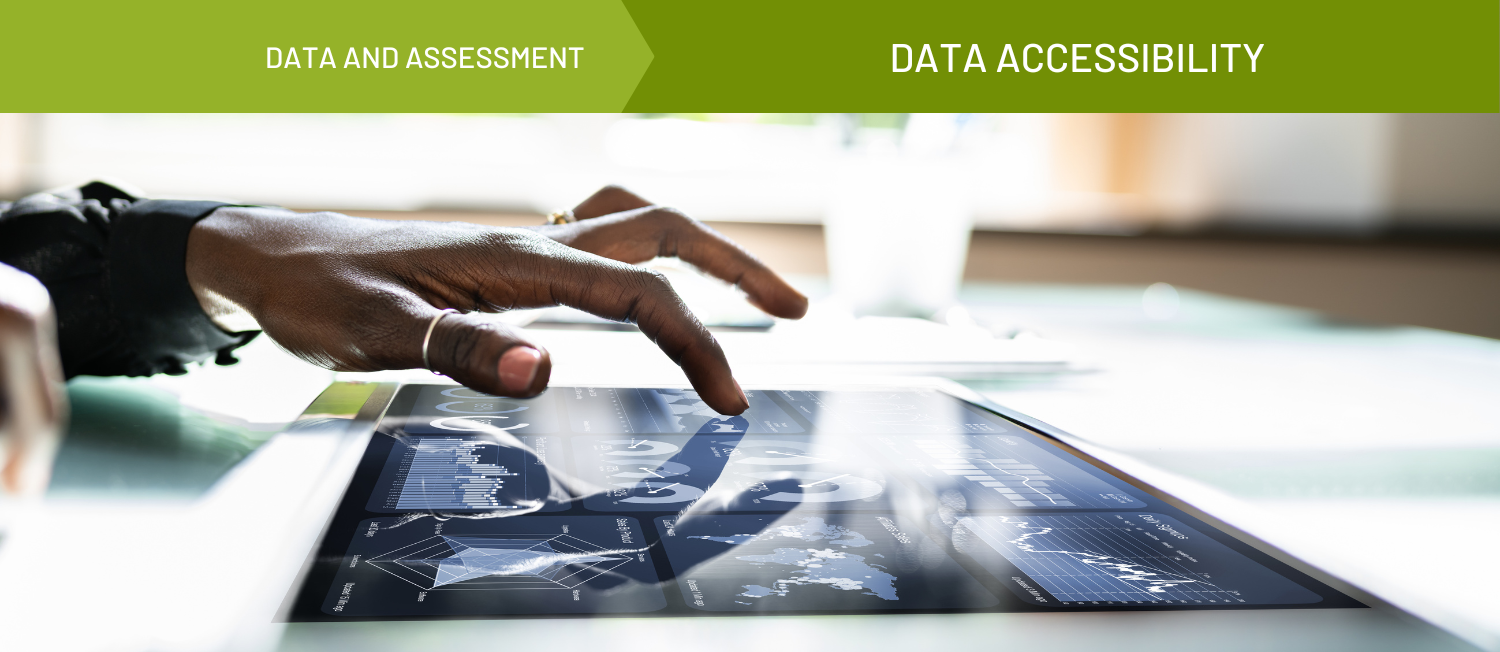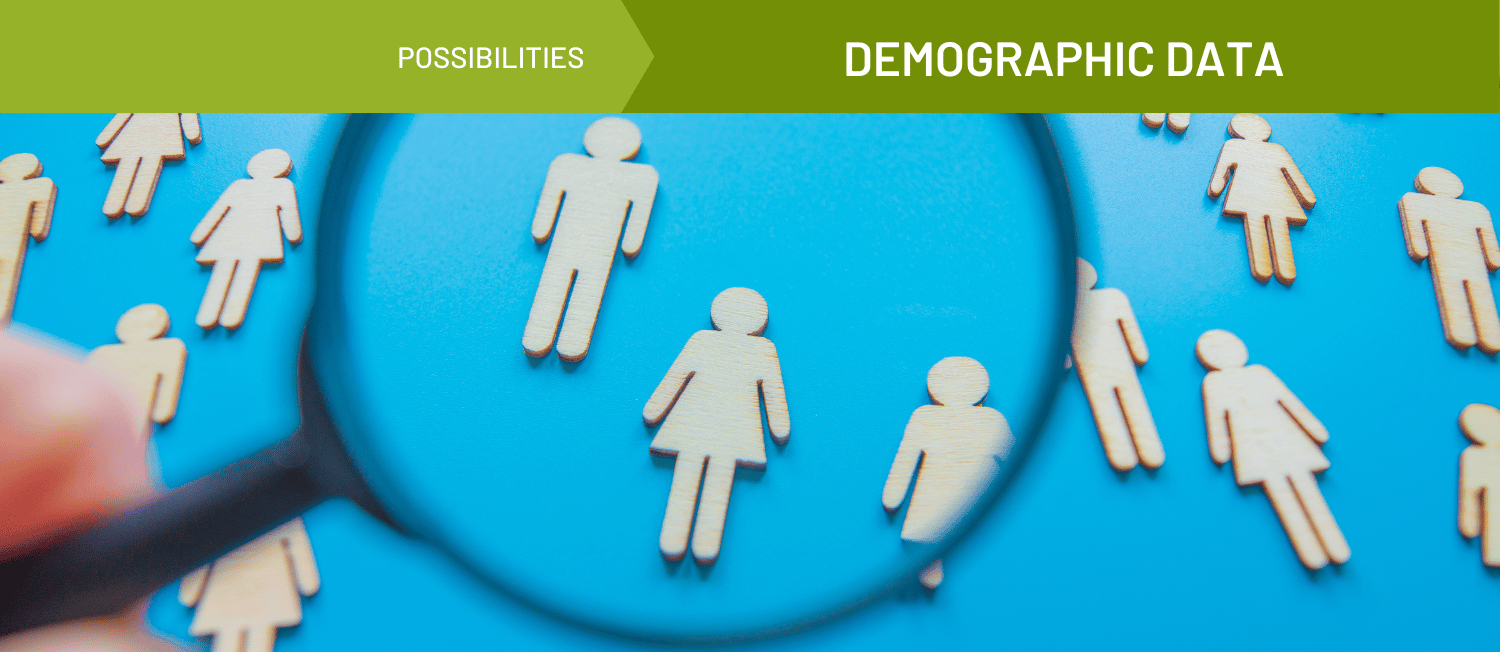Science of Social Capital
This collection is brought to you in partnership with The Pew Charitable Trusts and authors of Estimating Community Health Outcomes with An Equity-Informed Social Capital Measure at University of Minnesota Extension.
Social capital refers to the networks of relationships among people who live and work in a particular society or community and enable the society to function effectively. Social capital plays a crucial role in enhancing community well-being and provides resources, support, and opportunities for economic empowerment and social mobility. Research shows that social capital improves community health via access to better medical care and other social services, as well as decreased risk of physiological stress and associated illness.
Estimating Community Health Outcomes with An Equity-Informed Social Capital Measure
Resource - Report
Brought to you by Community Commons
Measuring Social Capital
As our understanding of social capital evolves, so do methods for measuring it. Measuring social capital reveals community connections and opportunities to improve well-being and resilience, guiding strategies that prioritize meaningful, equity-focused outcomes. Traditional approaches like surveys, interviews, and focus groups are now complemented by more inclusive mechanisms such as the RFGI+. This equity-informed, county-level social capital index captures a broader set of organizations where informal socializing is likely to occur, including barber shops, beauty salons, coffee shops, and more. The RFGI+ emphasizes diverse and equitable participation within social networks, capturing interactions and relationships in marginalized or overlooked groups.
Additionally, the rise of online social networks provides new avenues for experiencing and measuring social capital, enabling analysis of digital interactions and connections. By embracing both traditional and digital methods, we can more accurately measure and strengthen social capital to ensure that all communities, especially those often overlooked, have access to the resources and opportunities needed to thrive.
Measuring Social Capital with RGFI and RGFI+
Initially developed in 2000, the RGFI (Rupasingha, Goetz, and Freshwater Index) focused on formal associations like civic organizations and voting participation to measure county-level social capital. RGFI and its updated version, RGFI+, use data from diverse establishments and civic engagement metrics to create a composite index representing social capital. RGFI+ expands on the original index by incorporating data about informal gathering places to provide a more comprehensive assessment of social capital within communities, particularly those with large populations of people of color.
The following table outlines the differences and similarities between the RGFI and RGFI+, highlighting variables, methods, data sources, limitations, and the impact of adding informal socializing establishments to the measurement of social capital.
An Enhanced Approach
RGFI+ is an equity-informed measure designed to capture social capital in diverse communities. To rectify biases present in previous indices, the RGFI+ includes informal socializing venues that are important in many communities of color. Compared to the original RFGI, the RFGI+ documents stronger social capital levels in communities of color, suggesting that the original index underestimates the amount of social capital in some communities. RGFI+ recognizes historical context by incorporating establishments like beauty and barber shops. From the Civil Rights Movement to the COVID-19 Pandemic response, these venues have served as crucial spaces for socializing and community organizing within marginalized groups, particularly among communities of color. By incorporating these historically significant establishments into its framework, RGFI+ acknowledges and honors their role in fostering social capital and community cohesion.
Using RGFI+ to measure social capital can inform targeted interventions and policies to promote equity and community resilience. For instance, RGFI+ can help identify and address social exclusion by focusing on groups or communities that may be underrepresented in traditional social capital measures. RGFI+ helps highlight areas where social capital may be underestimated, allowing interventions and policies to focus on marginalized communities to reduce social disparities.
Adoption and Utilization of RGFI and RGFI+
The adoption of RGFI+ has led to significant improvements:
Highlighting Equity: RGFI+ reveals higher social capital levels in communities of color, stressing the importance of equity in measurements. Researchers from the University of Minnesota Extension investigated how extensively the RGFI+ measured social capital compared to the original RGFI in counties with substantial populations of people of color, and its correlation with health outcomes at the county level. Findings revealed that the RGFI+ indicates stronger levels of social capital in communities of color than the original index, implying a potential underestimation of social capital in certain counties by the original measure.
Predicting Health Outcomes: Both RGFI and RGFI+ predict various health outcomes at the county level, emphasizing social capital's influence on health and well-being. An example of this is seen in areas where RGFI+ identified lower social capital, correlating with higher rates of mental health issues and lower life expectancy compared to areas with stronger social networks and community engagement.
Informing Policy and Practice: RGFI+ findings support the integration of social capital-building activities into community improvement initiatives and emphasize the importance of engaging diverse organizations for the effective sharing of information and insights. One practical example is a city using RGFI+ data to allocate resources for community centers and neighborhood improvement programs in areas with lower social capital, aiming to boost community cohesion and well-being.
Identifying Research Avenues: RGFI+ prompts further exploration into the relationship between social capital and outcomes such as economic well-being and educational attainment. For example, further research could be conducted to demonstrate how social capital affects job opportunities and income disparities across demographic groups in a particular region.
Addressing Inequities: While acknowledging social capital's positive impact, RGFI+ underscores the negative influence of structural factors like income inequality and systemic racism on health outcomes. Use of RGFI+ revealed that despite similar economic conditions, communities with higher social capital experienced better health outcomes, highlighting the need to address social factors alongside economic ones to improve overall well-being.
Equity Advocacy: RGFI+ encourages addressing racial bias in indices and advocating for alternative data sources with an equity lens. RGFI+ data can inform initiatives that fund community-led projects aimed at reducing racial disparities in social capital access, such as mentorship programs or community-building events focused on marginalized groups.
Based on Estimating Community Health Outcomes with An Equity-Informed Social Capital Measure
Taking Action for Well-being
Understanding nuances of social capital provides insights for targeted interventions to enhance community well-being. If data reveal that certain counties with low RGFI+ scores also suffer from low community engagement, interventions could aim to build more equitable economies and support community-building activities that enhance social networks and trust among residents. While RGFI+ operates at the county level, localized measures and continued research are vital for a deeper understanding of social capital's role in addressing inequality. Measuring social capital through RGFI+ not only provides valuable insights but also catalyzes positive change, urging us to take action toward promoting equitable well-being in our communities.
Our Epidemic of Loneliness and Isolation: The U.S. Surgeon General’s Advisory on the Healing Effects of Social Connection and Community
Resource - Report
Brought to you by U.S. Department of Health and Human Services
In Common Newsletter: Priority Populations Channel
Resource
Brought to you by Community Commons
Published on 09/29/2022
Action Guide for Building Socially Connected Communities
Resource - Guide/handbook
Brought to you by Foundation for Social Connection
Social Capital: What, Why, and How We Can Use It as a Tool for Empowerment
Resource - Journal Article
Related Topics










 Original
Original









